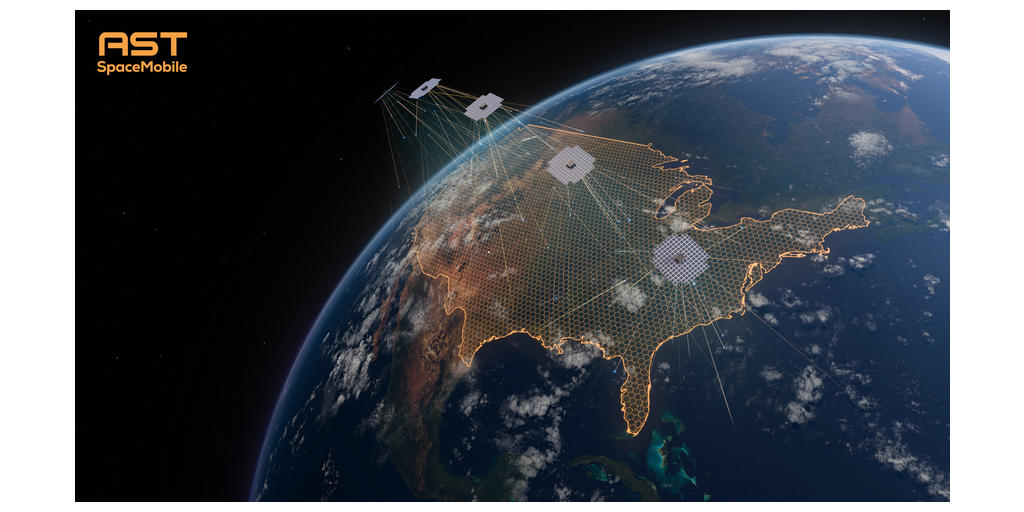AST SpaceMobile’s BlueBirds have spread their wings

AST SpaceMobile’s five recently launched BlueBird satellites have been successfully unfurled in orbit, the company said in an update, and its preparations for commercial service are underway.
The five BlueBirds were launched in mid-September, and the unfolding of their large communications arrays happened ahead of schedule and represents “significant post-launch technical activity,” according to AST SpaceMobile.
“The unfolding of the first five commercial satellites is a significant milestone for the company. These five satellites are the largest commercial communications arrays ever launched in low Earth orbit,” said Abel Avellan, who is founder, chairman and CEO of AST SpaceMobile. “It is a significant achievement to commission these satellites, and we are now accelerating our path to commercial activity.”
The massive BlueBirds join AST’s BlueWalker 3 satellite in Low-Earth Orbit. AST is working on building even larger “Block 2” BlueBird satellites, which are expected to launch in early 2025.
Avellan added: “As we prepare for commercial services, we remain committed to pushing the boundaries of innovation. Our team is already hard at work building the next generation of satellites, which will offer ten times the capacity of our current BlueBirds, further transforming mobile connectivity and delivering even greater benefits to our customers and partners worldwide.”
After launch, the initial BlueBird satellites will offer “non-continuous” cellular broadband service across the United States and in “select markets globally,” AST SpaceMobile has said, with the company aiming to support both government and private companies with direct-to-cellular service. AST SpaceMobile announced last week that it now has a U.S. government contract that will allow it to compete directly as a prime contractor for specific prototype orders, giving it the opportunity to demonstrate the “feasibility and scalability” of its satellite technology for government use.
AST will be relying on low-band, 850 MHz spectrum from AT&T and Verizon in the U.S. and said that it “will target approximately 100% nationwide coverage from space with over 5,600 coverage cells in the United States.” The company has indicated that it will need a constellation of between 45-60 satellites in order to provide continuous coverage across the United States.
Each of the BlueBirds are outfitted with the largest-ever commercial communications arrays to be deployed in low Earth orbit, according to AST SpaceMobile. AT&T and AST have already been conducting joint testing of various services, including a recent test of streaming video; those tests have encompassed AT&T’s 850 MHz spectrum as well as its FirstNet 700 MHz spectrum, and AST also has permission through May of 2025 from AT&T to test using higher-frequency spectrum at 37.6-40 GHz.
Verizon made a $100 million commitment to AST SpaceMobile, consisting of $65 million in commercial prepayments plus $35 million of convertible notes, earlier this year. AST struck similar deals with AT&T and Vodafone; Rakuten, Bell Canada, and American Tower are also investors in the LEO direct-to-cellular company.
AST said that it has agreements with 45 mobile network operators globally, including the aforementioned carriers plus Rakuten Mobile, Orange, Telefonica, TIM, Saudi Telecom Company, MTN, Zain KSA, Etisalat, Indosat Ooredoo Hutchison, Telkomsel, Smart Communications, Globe Telecom, Millicom, Smartfren, Telecom Argentina, Telstra, Africell, Liberty Latin America and others.

Comments are closed.